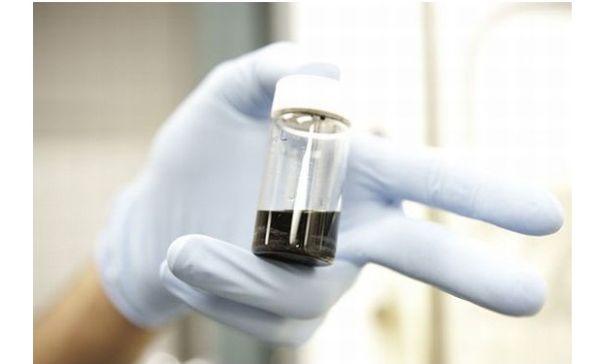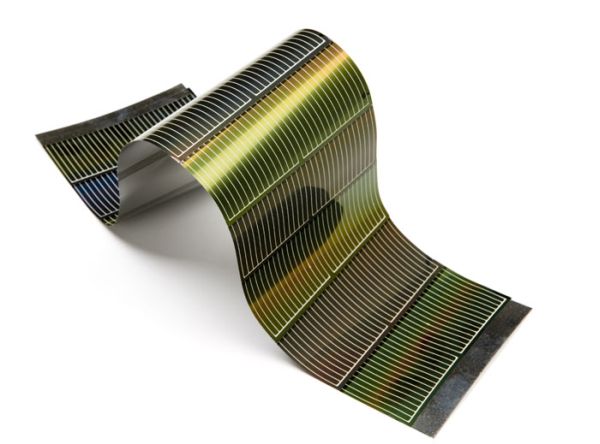Our dependence on the renewable sources, especially the sun, to generate power has increased drastically for the past few years, as we have realized the scarcity and the environmental harm of fossil fuels. Scientists from around the globe have been working on ways to revolutionize the solar power, and one of the latest advancements in the solar technology is the spray on solar cells. The spray on solar cells can be painted on almost every surface, be it a window or roof of your building or directly on your gadgets to meet the power needs. Unlike traditional solar panels that are mainly made up of silicon, the thin film solar technology used for the spray on solar cells utilizes nanoparticles that can be applied on flat surfaces.

1. The good
The first and the most important thing with the new spray on solar cells is the better output when compared with the conventional solar panels. Scientists have been continuously working on the PV technology to increase the efficiency of solar cells. This can be seen in the spray on solar cells that can be easily painted on any surface to convert light into usable electricity. As the name suggests, the spray on solar cells can be sprinkled on any expanse and generate efficient green power. The spray on ink makes use of nanoparticles that can be painted on your clothes, electric vehicle roofs and small electronic devices, and convert them into portable electricity producing devices. Another benefit of these paintable solar cells is that even on a cloudy day; they can collect infrared rays from the sun and generate power.
Can this be better?
Without doubt, the spray on solar cells is a breakthrough, and with further advancements in technology, they can turn out to be the future for green energy. Researchers are continuously working on ways to increase the solar cell efficiency. The spray on ink of photovoltaic panels can be coated on the window glass or the roof of the windows to capture sunrays and yield green power. The technology is implying various methods to generate more efficient green energy. Along with visible light, the infrared spectrum that constitutes for almost half of the solar energy can be captured and converted to electricity with the use of the spray on solar cells. The paintable photovoltaic cells can be fabricated cheaply and can be dotted on any provided surface. This breakthrough technology is being implied in various countries worldwide.
2. The bad
The major drawback of utilizing spray on solar cells for yielding electricity is its cost effectiveness. Some of the spray on solar techniques makes use of CIGS (copper, indium, gallium selenium). Indium, which is one of the essential elements, is very hard to obtain making the overall process of manufacturing the spray on PV cells quite expensive. These solar cells are too high in cost for being produced commercially. The consumer of the spray on solar cells faces problems while cleaning and maintaining the solar painted rooftops or window panes. The efficiency is another big problem of spray on solar cells. The technology does not yet produce an expected outcome.
Can this be avoided?
The scientist and researchers are exploring new methods, almost every day, to cut down the cost of the spray on solar cells. The nanoparticles being used in the spray on solar cells, making out endless possibilities for power needs. As these particles are sensitive to infrared rays, there is no need of direct sunlight to produce power. These particles are flexible and can be sprayed even on fabric to produce an efficient green electricity. You can also sprinkle a coating of these nanoparticles spray on solar cells over the roof of your electric car for getting power even on a cloudy day.
3. The ugly
The spray on solar cells seems quite promising, but this technology is still in the development phases and we need to wait for its commercialization. Moreover, the biggest challenge ahead is the cost effectiveness. The costs associated with the solar energy technologies and systems are quite high, and this has to be addressed in case of spray on solar cells if we really want this innovative technology to be available to the masses.
The bottom line:
The spray on solar cells technology has undoubtedly ameliorated over the years. The advancements in the engineering of the spray on solar cells have considerably improved the efficiency and substantially decreased the costs. Once rolled out of the laboratory, it can be the next big thing in the future of green energy.




